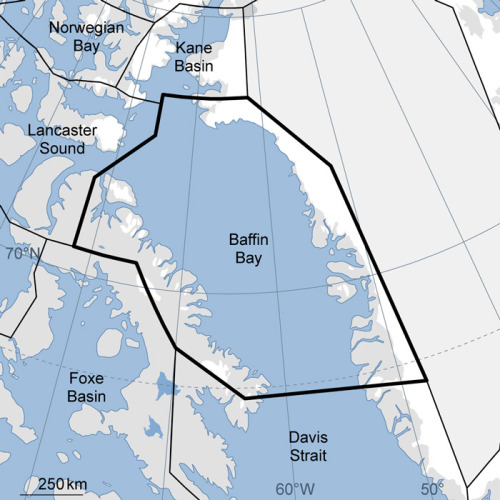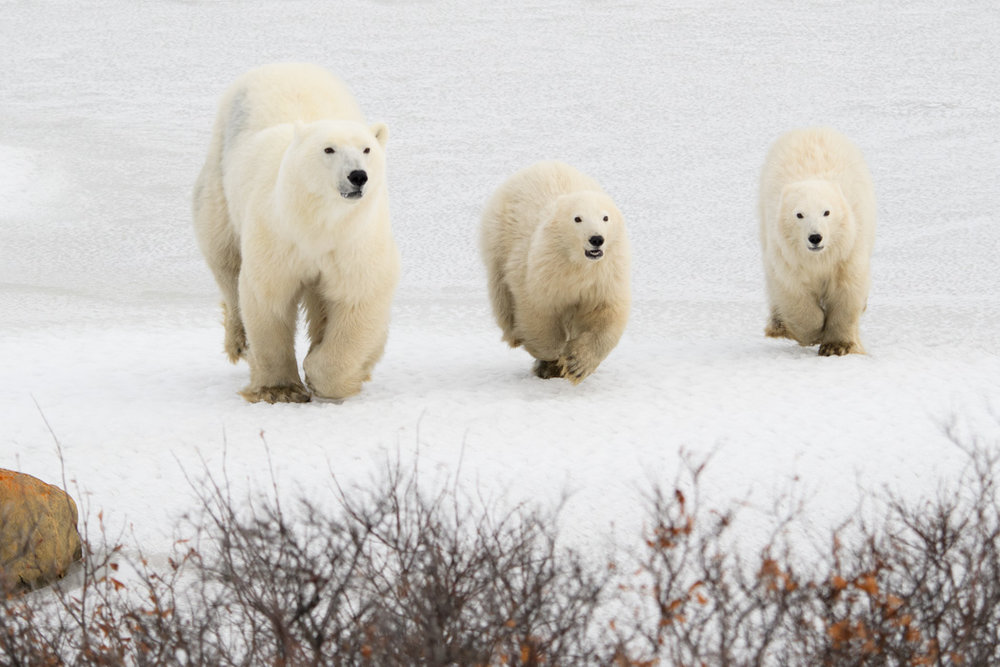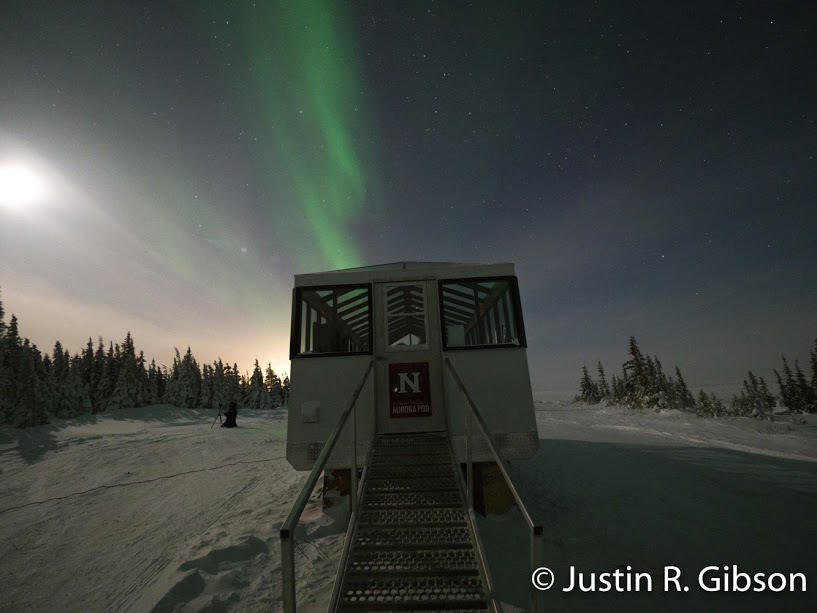by Steve Selden | Feb 21, 2017 | Conservation

Polarsteam during a research expedition in 2015. Mario Hoppmann photo.
Sir John Franklin and a few other early Arctic explorers would have been shocked at this announcement. Scientists are organizing one of the biggest research expeditions ever planned and the challenge is somewhat unconventional. Tentatively scheduled to sail in the summer of 2019, the 120 meter research vessel Polarsteam will spend a year drifting across the North Pole locked in sea ice. During the drift the crew of researchers from 50 institutions and 14 countries will try and discover trends leading to the dramatic climate changes we have been experiencing recently.
Camps will be set up on the ice surface and measurements and analysis data from expeditions will be taken in places not previously possible.
“The decline of Arctic sea ice is much faster than the climate models can reproduce and we need better climate models to make better predictions for the future,” said MOSAiC expedition co-leader Professor Markus Rex, at a recent American Association for the Advancement of Sciences (AAAS) meeting. “There is a potential that in a few decades the Arctic will be ice-free in summer. That would be a different world and we need to know about that in advance; we need to know is that going to happen or will that not happen?”

Arctic research sailing ship Fram in 1894.
There was one 19th century expedition that attempted this same lofty goal of drifting across the north Pole. In 1893, the Fram, lead by Norwegian explorer Fridtjo Nansen, attempted to “naturally” drift across the pole while locked in sea ice. Nansen armed with a generous budget raised by the Christiana Geographical Society as well as a personal contribution from King Oscar of Norway commissioned construction of a stout ship designed with a rounded hull to resist the crushing affects of the ice pack. Nansen left the ship after nearly a year and attempted to reach the North Pole on foot with another crew member. The story ends well and will,be covered in a subsequent post.
The Polarsteam will have no risk being trapped in ice as the technology of the day allows fro a sturdy hull unable to be crushed by the pressure of the Arctic ice. Polar bears will be the only danger for researchers on the ice and armed alert guards will be stationed at each camp along the journey.
The total cost of the German expedition is expected to cost $67 million to form a full view of the polar ice cap through the utilization of the most modern technology. Partner institutions from China, UK, Russia and the United States,will all take part in the endeavor.
by Steve Selden | Feb 19, 2017 | Videos
An awesome northern lights video by Natural Habitat Adventures guide Drew Hamilton. The aurora borealis is really starting to consistently shine this season in Churchill. However a sever winter storm warning has been issued for the region over the next couple of days. Keep posted for more high “lights” from the north. Enjoy!
by Steve Selden | Feb 17, 2017 | Conservation
A 2016 Scientific Working Group report on two Arctic sub – populations was released last week and appeared to confirm what local Inuit have been seeing over many years. Polar bear populations in Baffin Bay and Kane Basin are considered stable and not declining as Polar Bear Specialist Group scientists previously claimed.

The IUCN Polar Bear Specialist Group had previously designated the two sub – populations to be in decline mostly as a result of over – hunting. The same regions were assessed by Environment Canada in 2014 and termed ‘data deficient” for Kane Basin and ‘likely declining’ for Baffin Bay.

The new report suggests the global population estimate should be adjusted to the plus side and the 2015 IUCN Red List also be revised. Currently the only sub – population to hold the ‘likely declining’ label is the Southern Beaufort region. With the new data at hand the global population size should rise from 22,000-31,000 (as designated by 2015 IUCN Red List) to 22,633-32,257 polar bears worldwide. This estimate is not including the surprising 42% increase in the Svalbard area of the Barents Sea sub – population. In 2015 975 polar bears were counted in that region nearly 300 more than the 685 counted in 2004.

Polar bears on the run to safety. Jeff Klofft photo
In the wake of continuous dark news regarding Arctic ice decline, this news, at very least, is encouraging from a species perspective. With action and continued conservation efforts from groups such as World Wildlife Fund, polar bears and the Arctic can be protected well into the future.
by Steve Selden | Feb 16, 2017 | Churchill Photography
Here are some more photos from Natural Habitat Adventures guides in Churchill from recent groups during this northern lights season. Dog sledding has been amazing and the new warmer Aurora Pod has been a huge success with avid photographers. The aurora borealis is taking a little longer to get going full – on this season though the ones that have appeared have been sensational. We look forward to getting more updates to you with incredible northern lights soon! Enjoy!

Natural Habitat Adventures group at the Aurora Pod under the northern lights. Justin Gibson photo.

Dog – sledding in Churchill. Brad Josephs photo.

Natural Habitat Adventures Aurora Pod in Churchill below the northern lights. Justin Gibson photo.

Northern lights over the boreal forest. Brad Josephs photo.

Dog sledding in Churchill. Brad Josephs photo.
by Steve Selden | Feb 14, 2017 | Tour News

Polar bears in the snow in the Churchill Wildlife Management Area. Katie de Meulles photo.
We wish everyone a very happy Valentines day from Churchillpolarbears.org! Enjoy the day with the special bears ..er people in your lives!














